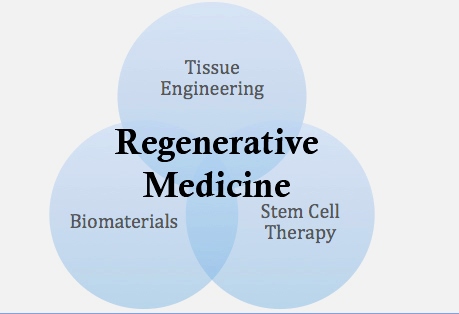Regenerative medicine offers an innovative approach to healing by harnessing the body’s own ability to repair damaged tissues. This treatment aims to restore function and improve quality of life in patients with a variety of conditions, such as osteoarthritis, tendon injuries, and degenerative joint disorders. For those seeking regenerative medicine, understanding what to expect before, during, and after treatment is key for setting realistic recovery goals. Here is more information on the stages of regenerative treatment and what each involves:
Assessing and Preparing
Before any regenerative medicine procedure, a detailed assessment takes place. Medical professionals conduct an in-depth review of the patient’s medical history, current condition, and treatment goals. Diagnostic tests, such as imaging scans (e.g., X-ray or MRI), may be used to confirm eligibility and pinpoint areas requiring treatment.
After determining the target area and assessing the patient’s suitability, the practitioner discusses possible outcomes and the regenerative therapies available. These may include platelet-rich plasma (PRP) injections, stem cell therapy, or prolotherapy. Patients may also receive diagnostic injections to locate pain sources more precisely.
Preparing for treatment often requires basic lifestyle adjustments, such as avoiding anti-inflammatory medications. These steps aim to optimize the body’s natural repair mechanisms and enhance the effectiveness of treatment.
Exploring the Procedure
Regenerative medicine procedures are typically outpatient and minimally invasive, taking place in a sterile clinical setting. During the session, practitioners extract regenerative agents from the patient’s own body. PRP therapy involves collecting a sample of the patient’s blood, concentrating the platelets through a centrifuge, and injecting the platelet-rich solution into the targeted area.
Stem cell therapies may require harvesting cells from bone marrow or adipose (fat) tissue before reinjecting them. The practitioner uses precise techniques, often guided by ultrasound or fluoroscopy, to administer the treatment directly to the affected tissues. This targeted approach enhances healing by delivering regenerative substances exactly where they are needed. Patients might experience mild discomfort during the procedure, which is typically managed with local anesthesia.
Treatment durations vary depending on the method used, but usually last between 30 minutes and two hours. Most patients can return home shortly after the procedure, though resting immediately afterward is typically recommended.
Understanding Long-Term Recovery
Recovery following regenerative medicine treatment depends on the individual and the specific therapy received. Patients often experience mild swelling or soreness at the injection site, which typically subsides within a few days. Practitioners may provide guidelines regarding activity restrictions, such as avoiding high-impact activities or exercises during the initial phase of healing.
The body continues its natural repair process over several weeks or months, with noticeable improvements often occurring gradually. Follow-up visits may be scheduled to monitor progress and address any concerns. Long-term outcomes of regenerative medicine treatments generally include reduced pain, improved joint mobility, and enhanced tissue function. Success rates vary based on factors such as the severity of the condition and the patient’s adherence to post-treatment recommendations.
Learn More About Regenerative Medicine
Regenerative medicine offers a promising solution for individuals with chronic pain or injuries, focusing on restoring tissue function and improving overall health without surgery. The pre-treatment assessment makes sure patients receive a tailored approach, while the minimally invasive procedures maximize effectiveness and safety. Recovery requires patience, as the full benefits of treatment may take weeks or months to unfold. For anyone exploring this option, consulting an experienced medical professional helps clarify the path forward and set realistic expectations for the outcome.
